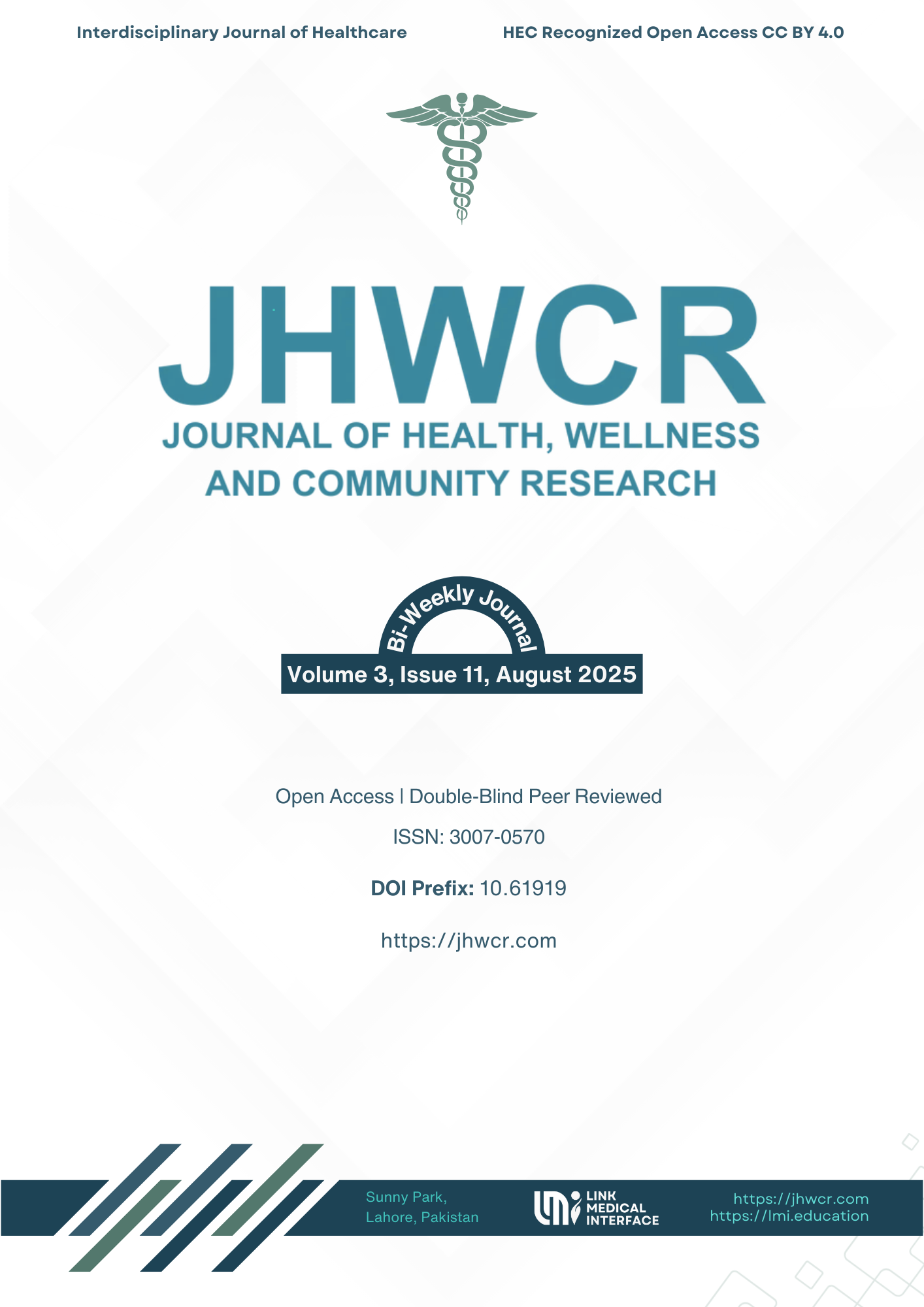Comparison of Modified Constraint Induced Movement Therapy and Bimanual Training to Improve Hand Function in Children with Hemiplegic Cerebral Palsy
DOI:
https://doi.org/10.61919/dey6md68Keywords:
hemiplegic cerebral palsy, constraint-induced movement therapy, bimanual training, hand function, pediatric rehabilitation.Abstract
Background: Hemiplegic cerebral palsy (CP) often impairs upper limb function, limiting independence in daily activities. Evidence supports both constraint-induced movement therapy (CIMT) and Hand–Arm Bimanual Intensive Training (HABIT), but direct comparisons in low-resource contexts remain limited. Objective: To compare the effectiveness of modified CIMT and HABIT in improving hand function among children with hemiplegic CP. Methods: A randomized controlled trial was conducted at the Rising Sun Institute for Special Children, Lahore, enrolling 30 children aged 4–9 years with spastic hemiplegic CP (MACS I–III). Participants were randomly allocated to CIMT or HABIT groups, each receiving six hours of therapy daily for three weeks, plus standardized physiotherapy. Hand function was assessed using the Assisting Hand Assessment (AHA) and Jebsen–Taylor Test of Hand Function (JTTHF) at baseline, post-intervention, and six-month follow-up. Statistical analysis employed repeated-measures ANOVA and independent-sample t-tests. Results: Both groups showed significant within-group improvements (p < 0.001). Between-group comparisons favored CIMT, with greater gains in AHA post-intervention (mean difference 6.7; p = 0.001) and at six months (7.3; p < 0.001). JTTHF also improved more with CIMT at post-intervention (mean difference 2.2; p = 0.004) and six months (3.7; p < 0.001). Effect sizes were large for CIMT across both outcomes. Conclusion: Modified CIMT and HABIT are effective in enhancing hand function in hemiplegic CP, but CIMT provides superior and sustained improvements. Therapy selection should align with clinical goals, with CIMT prioritized for unimanual gains and HABIT for bimanual coordination.
Downloads
Published
Issue
Section
License
Copyright (c) 2025 Hina Ilyas (Author)

This work is licensed under a Creative Commons Attribution 4.0 International License.


